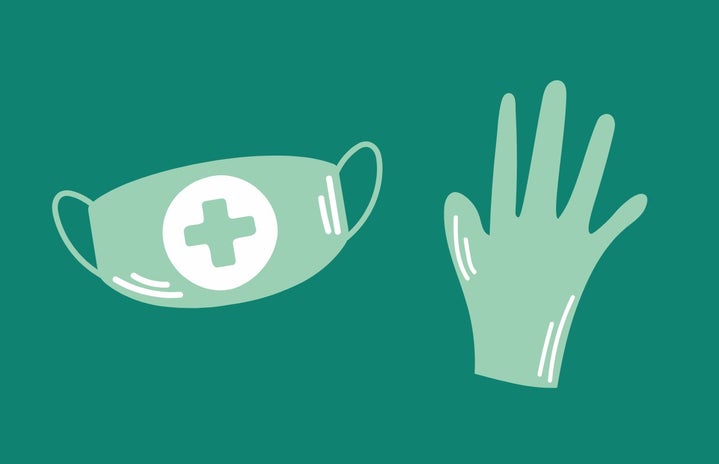It started as a concerted effort. Fashion houses across the globe closed their retail stores to prevent the spread of the coronavirus, a respiratory virus that spreads through physical contact with an infected individual. High-end designers and fast fashion names like American Apparel have now felt the effects in their figurative “pockets” with diminishing sales. Despite their downfalls, they have found the means to manufacture face masks where supermarkets have gone dry.
Christian Siriano
Christian Siriano, the winner of “Project Runway” season four, temporarily retired his American designer role to become a surgical mask designer. When the New York City governor, Andrew Cuomo, asked companies to help with mask shortages, Siriano responded instantly. Siriano sewing team is fully functioning and ready to create surgical masks from home, according to his Twitter page. He forecasts his team can create about 1,000 a day.
Surgical masks are not N95 masks. N95 masks filter 90 percent of airborne particles and are used by healthcare professionals. Siriano hopes his masks can help receptionists and other areas of medicine who are exposed to the illness rather than treating patients.
What the masks are made of
His masks consist of a cotton blend fabric that can outlast several washes with bleach.
American Apparel
The American Apparel founder, Dov Charney, is using his Los Angeles factories to manufacture masks for Los Angeles, New York City and New Mexico. He and his partner will receive about 50,000 pounds of chemically treated fabric from the federal government for medical use.
Charney witnessed the shortage of masks in his own factories in China and predicted the decline, according to BOF. With his manufacturing goal set to about 250,000 a week, he is ready to donate the masks wherever they’re needed.
His masks initially faced backlash as not “hospital grade” masks or the traditional style, but Charney recognizes the importance of this issue and stands with his snug fit design.
“We’re not making any claims that this is the health solution of the world, but any textile you put on your face is going to be better than no textile,” he said to BOF.
What other brands are doing
Kerby Jean-Raymond of Pyer Moss transformed his own studio into a donation center and has allocated about 7,300 masks and 1,000 pairs of gloves. In addition, his team created about 1,000 mask covers for N95 masks to prolong the use, according to his Instagram page.
PRADA’s team began producing about 80,000 medical overalls and 110,000 masks.
MCM turned to the eastern hemisphere and donated about $143,000 to the Soong Ching Ling Foundation in China. With their mission to “safeguard world peace,” the foundation provides aid to patients affected by the pandemic.
The overflowing well of contribution reveals the power of unity and togetherness within these national and global brands. During these historic times of distress and heartache, these fashion brands overcome their own financial limitations to fulfill the people’s needs.


